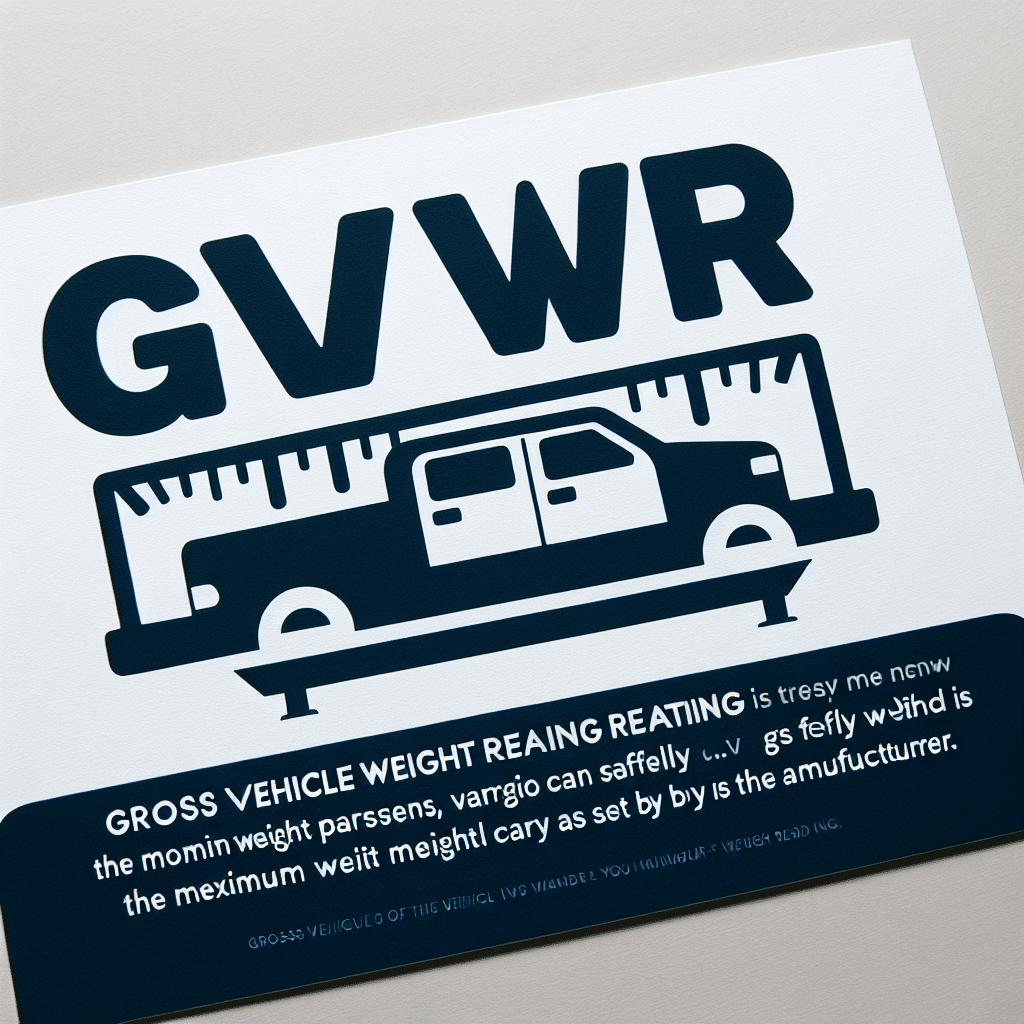GSM, or grams per square meter, is a critical measurement that indicates the weight and density of fabric. It quantifies how much one square meter of a particular fabric weighs in grams, providing essential insights into its texture, durability, and appropriateness for different applications. Generally, a higher GSM value indicates a heavier, denser fabric that tends to be more durable, while a lower GSM suggests a lighter, thinner material. This measurement is especially significant in the fabric industry, as it can influence consumer choices in clothing, upholstery, and other textile products. Understanding GSM helps in selecting the suitable fabric for specific uses, ensuring that it meets desired attributes like warmth, breathability, and strength.
1. Understanding GSM in Fabric
1.1 What Does GSM Stand For?
GSM stands for grams per square meter. This unit of measurement is used to describe the weight of fabric for a given area, which is critical in the textile industry. It provides a standardized way to compare different fabrics based on their weight and density.
1.2 Why is GSM Important?
The GSM of a fabric is significant for several reasons:
- Durability: Fabrics with higher GSM are usually more durable and wear-resistant.
- Warmth: Higher GSM fabrics often provide better insulation, making them suitable for colder climates.
- Breathability: Lower GSM fabrics may be preferable for hot weather as they allow better air circulation.
- Transparency: Lower GSM materials are typically thinner and may be more transparent, impacting garment construction.
2. How to Measure GSM
2.1 The Calculation Process
The weight of fabric can be easily determined using a simple calculation. The GSM can be calculated by weighing a sample of fabric and using the following formula:
GSM = (Weight of the Sample in grams / Area of the Sample in square meters)
For example, if you have a fabric sample weighing 150 grams and measuring 1.5 square meters, the GSM would be:
GSM = 150 grams / 1.5 m2 = 100 gsm
2.2 Using a GSM Tester
Another method to determine GSM is by using a GSM tester, a specialized tool that automates the testing process to provide accurate and quick results without manual calculations.
3. The Relationship Between GSM and Fabric Types
3.1 Common Fabric GSM Ranges
Different types of fabrics have varying GSM ranges:
- Lightweight Fabrics: Typically range from 30-100 GSM (e.g., chiffon, organza).
- Medium Weight Fabrics: Generally range from 100-200 GSM (e.g., cotton, jersey).
- Heavyweight Fabrics: Usually are 200 GSM and above (e.g., denim, canvas).
3.2 Examples of Fabrics by GSM
- T-Shirt Fabric: Commonly 150-180 GSM, providing a good balance of comfort and durability.
- Bed Sheets: Sheets generally range from 100-300 GSM, impacting softness and longevity.
- Tarpaulin: Typically above 300 GSM, designed for heavy-duty use.
4. Practical Applications of GSM Measurement
4.1 Apparel Industry
In the garment industry, understanding GSM is vital for designing clothing that meets customers’ expectations of function and comfort. For instance, sportswear is often made from fabrics with a lower GSM for improved movement and breathability, while winter jackets use heavier fabrics for better insulation.
4.2 Home Textiles
In home textiles like curtains and cushion covers, different GSM fabrics are chosen based on opacity and comfort. Heavyweight fabrics can also provide better sound insulation and durability for upholstery.
5. Evaluating Fabric Quality Through GSM
5.1 Quality vs. Weight
While GSM is an important indicator of fabric quality, it is not the sole determinant. A higher GSM does not necessarily mean better quality. For example, luxury cotton fabrics can be lightweight but still offer a premium feel and durability. Conversely, low GSM fabrics may be poor quality if they are easily torn or worn out.
5.2 Responsiveness to Market Trends
Fabric manufacturers and designers rely on GSM to respond effectively to market demands for lightweight or heavyweight materials, adapting their production accordingly.
6. Common Myths about GSM
6.1 Higher GSM Equals Better Quality
This misconception can lead to confusion. While higher GSM often indicates a more durable fabric, quality also depends on the fiber type, weave, and finishing processes.
6.2 All Types of Fabrics Have a Standard GSM
Every fabric type has a different standard GSM, which can fluctuate based on customer preferences, seasonality, and trends in fashion and upholstery. Understanding the context of the particular fabric type is crucial.
7. Frequently Asked Questions (FAQs)
7.1 What is the ideal GSM for t-shirts?
The ideal GSM for t-shirts typically ranges between 150-180 GSM, offering a balance of comfort, weight, and durability.
7.2 How does GSM affect the cost of fabric?
Higher GSM fabrics often cost more due to the increased amount of raw materials and production processes required, influencing their market price.
7.3 Can GSM be used to compare different fabric types?
Yes, GSM can be applied to compare different types of fabric, though it’s essential to consider other factors such as fiber content and weave to obtain a comprehensive understanding of quality.
8. Conclusion
Understanding GSM is crucial for anyone involved in fabric selection, from consumers to manufacturers. It empowers informed choices based on durability, warmth, and the overall suitability for various applications. By grasping the significance of GSM, you can navigate the fabric landscape more effectively, ensuring that you select materials that meet specific needs and preferences.



